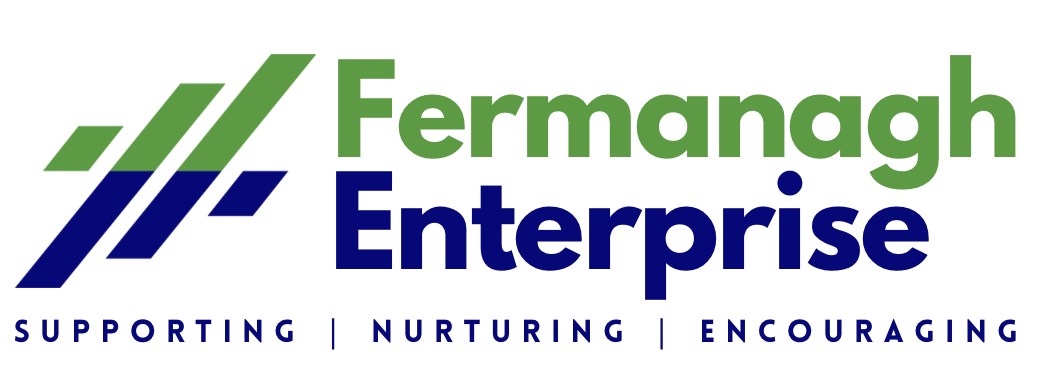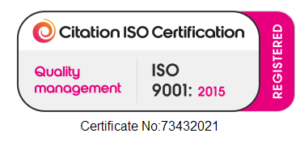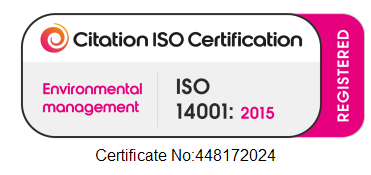Are you applying for government tenders? You should be.
Globally, government tenders are worth a huge 18% of GDP, and in the Republic of Ireland, the largest buyer from Irish suppliers is the Irish government.
Yet you could be one of the many business owners who don’t attempt to compete for government tenders, which could be in relation to anything from looking for a stationery supplier to seeking ecommerce consultancy services, believing that you’d never stand a chance of winning one.
We’ve got news for you.
Firstly, government tenders are regularly awarded to SMB suppliers.
Secondly, to win one you need to have a strategic approach. Applying for a tender in an ad hoc fashion is a waste of time and effort.
Winning a government tender rests on a few elements; one of them is the proposal, and we discuss how to write a tender bid here.
What does the client want to see?
Here’s a little insider knowledge for you. Putting out a tender is a job that no one enjoys. It’s a time-consuming process for government departments (and for businesses who may occasionally issue tenders).
This insight can work to your benefit if you show clearly in your tender proposal that you understand what the client needs. It sounds simple, but few companies competing for government tenders do this, relying instead on populating free tender templates and speaking about themselves rather than highlighting how you can help the buyer with their requirement.
You’ll seldom find all the information you need to build this understanding of the buyer’s needs through the tender notice. They’re notoriously cryptic!
To show that you understand what the buyer is looking for, you need to ask questions to gather the information you need, and the best time to do this is before the tender process begins.
Ensuring an even playing field for all prospective suppliers once the tendering process is in play often means that government departments are restricted in what they can tell you. This is why it is so important to meet the relevant buyers and speak to them prior to the tender going live. Knowing whether the buyer is issuing the tender because of operational or financial (or other) reasons will change the approach you take, so understanding the buyer’s motivation, and showing that understanding in your bid, is your first step in writing a winning tender proposal.
Mind your language
When you write your proposal, make sure that you use the language the buyer uses. This immediately establishes rapport and highlights you as a supplier that has an understanding of what the buyer is looking for.
Unnecessary jargon is annoying and government procurement officers are able to sift through clichés and exaggerations at speed.
Communicating in your proposal as you would with a live human is what you want to do. It’s important to include case studies that show how your product or services can help the buyer achieve their aims, but do this in a way that seeks to inform rather than impress. Don’t describe every process you have as results-driven, and not everything you do is a paradigm shift compared to the rest of the industry so don’t depict is as such.
Time is of the essence for everyone. Write clearly and concisely in your tender proposal, and ironically, you will impress the buyer.
It’s not over until it’s over
Many SMBs set themselves up for failure by competing for one tender, not winning it, and then doing nothing.
Don’t make this mistake. You’re legally entitled to feedback on your tender proposal and to find out why you scored lower than the winning proposal.
This information is gold dust!
Actively ask the buyer for it. Not only does this provide you with a further opportunity to speak to the buyer and build the relationship, which stands you in good stead when they tender again, you will also receive first hand information on how to improve your tender proposal.
Then, use this information. Again, you’ll be surprised at how many SMEs don’t submit a second tender proposal for an opportunity that looks exactly the same as their first.
About TenderScout
At TenderScout, we help businesses win more government contracts. Our method is exactly as we outline here, and businesses that work with us and follow our advice increase their winning rate to 70% within three tender proposals.
TenderScout provides users with a list of current active tenders at any one time, as well as information on potential prospects, including details on past tenders and information on when they were won, and who won them, to help business owners build pipelines.
If you’re interested in how your business could gain a slice of the government tender pie, please feel free to contact us. We want to work with you and help you win tenders.
Source: Business Achievers










